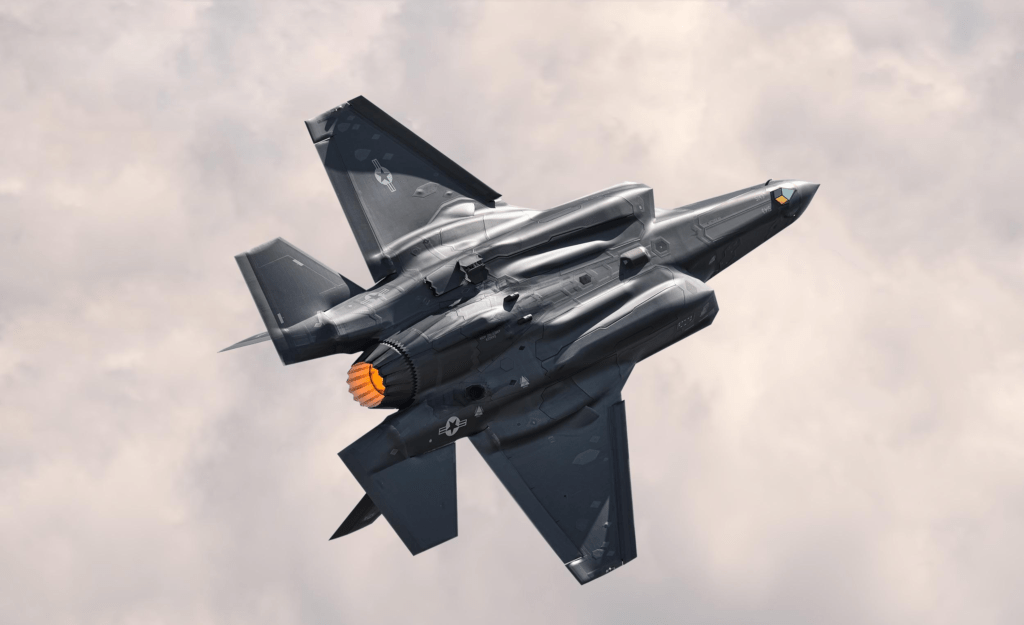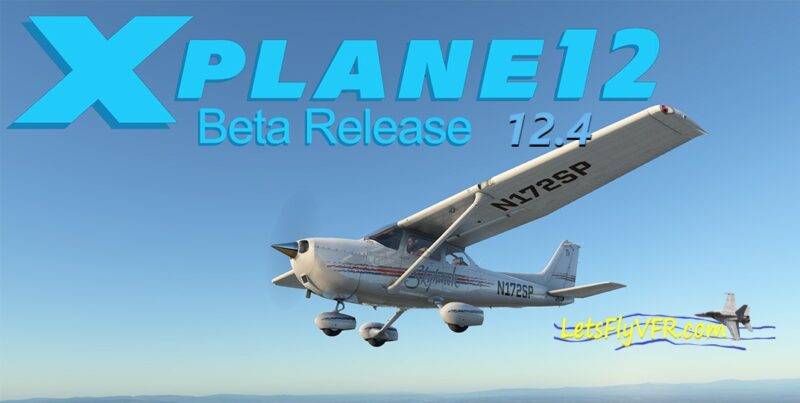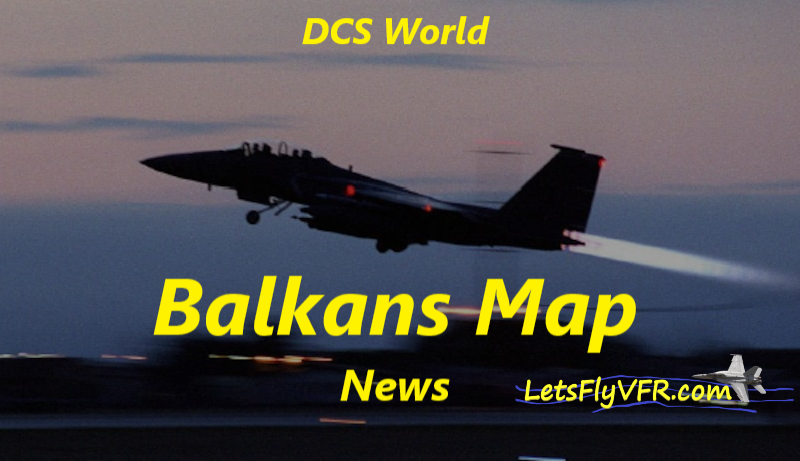Mastering Dogfighting in DCS World and Falcon BMS: Max-Perform Your Aircraft with Pro Tips on AOA, Corner Speed, and G-Limits.
“Mastering Dogfighting in DCS World and Falcon BMS: Max-Perform Your Aircraft with Pro Tips on AOA, Corner Speed, and G-Limits”
Mastering Dogfighting in DCS World – Are YOU READY!
This post covers essential techniques, cues, and parameters that new combat pilots need to dominate close-range dogfights in DCS World and Falcon BMS. By focusing on Angle of Attack (AOA), corner speed, and G-limits, we’ll explore how to fly on the edge of your jet’s performance envelope for maximum maneuverability, energy retention, and situational awareness. Let’s dive into the specifics.

1. Understanding the Fundamentals of Dogfighting.
Before we get into parameters, let’s establish the foundational skills that every dogfighter needs:
- Energy Management: Dogfighting isn’t about brute-force turns; it’s about efficiently managing your energy (speed + altitude) to outlast and outmaneuver your opponent.
- Situational Awareness (SA): Maintaining SA is vital in DCS and Falcon BMS, as it’s easy to lose track of your target. Regularly check your HUD, radar, and outside references to keep your opponent in sight and avoid ambush.
- Lose SIGHT lose the FIGHT. You must at all costs keep your eyes on the enemy as well as everything else. A second of lost situational awareness will allow the ENEMY to gain a kill or escape!
Lets Look at the basics you need to know. There are more in-depth Blog Posts in this Website for you to really get into depth with this subject! This is a wide overall concept introduction.
2. Mastering AOA (Angle of Attack) for Peak Maneuvering.
AOA is critical in dogfighting, as it directly affects your aircrafts turn rate, which is essential in close-quarters combat.

- AOA Definition: Angle of Attack is the angle between the wing’s chord line and the oncoming airflow. High AOA generally increases lift, but too much can induce a stall or energy bleed.
- Optimal AOA Range: Most jets in DCS World and Falcon BMS have a sweet spot for AOA in dogfights, typically ranging from 15-25 degrees. This range allows for maximum turn rate without inducing a heavy drag penalty.
- AOA and Corner Speed: Managing AOA to stay near corner speed (the ideal speed for maximum turn rate with minimum energy loss) is key. Exceeding optimal AOA may tighten your turn momentarily but results in severe energy loss. Avoid “pulling to the buffet,” where too much AOA results in airflow separation and loss of control authority.
Pro Tip: Watch your G-meter and HUD AOA indicators (if available) to monitor if you’re staying within optimal limits. With practice, you’ll start to feel when you’re on the edge.
3. Corner Speed: The Key to Sustained Turning Performance.
Corner speed is the magic number for each aircraft, representing the balance between speed and turn rate, enabling maximum sustained Gs with minimal energy bleed. Here’s how to find and leverage it in both simulators:

- Typical Corner Speeds:
- F-16 (DCS/Falcon BMS): Around 420-450 knots.
- F-18 Hornet: Approximately 330-350 knots.
- Mirage 2000: Closer to 400 knots.
- F-14 Tomcat: Typically, 300-330 knots in the A/B variant. These speeds vary depending on altitude, fuel load, and external stores, so treat them as guidelines.
- Maintaining Corner Speed: When in a turn fight, avoid rapid speed drops by carefully managing your throttle and pitch. Pitch too aggressively, and you’ll lose speed faster than you gain turn rate, making you vulnerable to an opponent who’s managing corner speed more effectively.
- Using Throttle in Coordination with Corner Speed: Adjust your throttle to maintain corner speed during high-G turns. It’s better to let up slightly on the stick to prevent over-bleeding speed rather than using full throttle, as excess AOA increases drag.
Pro Tip: Practice “cornering” turns and note your airspeed behavior. Check how different loadouts and fuel weights affect this sweet spot and adjust your fighting style accordingly.
4. G-Limits: Staying on the Edge Without Overloading.

In both DCS and Falcon BMS, understanding and adhering to G-limits ensures that you can sustain maneuvers without breaking the aircraft or blacking out.
- Maximum G-Limits: Different aircraft have different structural limits. For example:
- F-16: Usually capped around 9G with override potential.
- F/A-18: Has a softer limit near 7.5G.
- MiG-29: Often peaks at 8G but with lower tolerance in sustained G-forces.
- Sustained vs. Instantaneous G-Forces: Instantaneous G-load (momentary spikes) is often achievable without damage, but sustained G-forces push the structural limits and risk damage in DCS. Managing G-load by pulsing the stick (instead of continuous pulling) allows higher turns without structurally stressing the airframe.
- Pilot G-Tolerance and Blackout: If you exceed your G-tolerance, you’ll risk blacking out, losing sight and control momentarily. In simulators, consider using anti-G techniques like gradual G loading and breathing control, which both help pilots avoid blackout. Falcon BMS has adjustable G-suits, so consider that when tuning realism settings.
5. The Impact of G Warmup in DCS World.
In DCS World, the concept of G warmup has become a key factor in preventing blackouts and improving your aircraft’s performance in high-G maneuvers.

- What is G Warmup? G warmup is the process of gradually increasing G-forces on the body to allow the pilot’s tolerance to build. In DCS, if you suddenly pull high G’s without warming up, the simulation will lower your G-tolerance, leading to quicker greying out or blackouts. This is an important detail to consider when engaging in prolonged dogfights or making high-G turns.
- How G Warmup Affects Performance: If you don’t gradually ease into the G-loads, you’ll notice quicker onset of the grey-out effect (loss of vision due to G-forces) or even full blackout, where you lose complete control of the aircraft. By performing smooth, incremental turns and gradually increasing G’s, you allow your body (simulated in DCS) to acclimatize and sustain higher G-loads without risk of G-induced loss of consciousness (G-LOC).
- G Warmup in Practice: Start your engagements by performing low-G, medium-G turns before escalating to high-G maneuvers. This will help you maintain sustained G-force handling during critical moments of the dogfight.

Pro Tip: Always begin dogfights at lower G’s, then work your way up to your aircraft’s maximum G-limit, ensuring you keep your body (and the aircraft’s simulation) ready for the high-stress moments. Consider this just as important as energy management for sustained performance.
6. Maximizing Energy Retention.

Energy retention is your ability to maintain airspeed and altitude while executing maneuvers, allowing you to stay maneuverable without risking a stall.
- High-Speed Yo-Yos: Use high-speed yo-yos to drop altitude temporarily while gaining speed, then rise back up, using the extra speed for an advantage. This maneuver maintains energy during turns, allowing you to cut into an opponent’s turn circle.
- Low-Speed, High-AOA Maneuvers: At slower speeds, especially for jets like the F/A-18 with high-AOA capabilities, exploit low-speed turns to tighten your circle and outmaneuver opponents at higher speeds. Be cautious of excessive drag, which can rapidly bleed your energy if not handled properly.
- Avoid Excessive Vertical: Unless you’re far from stall speeds or corner speeds, avoid steep vertical moves (especially in low-thrust aircraft) that drain energy faster than horizontal maneuvers. Vertical loops and climbs can leave you vulnerable to an opponent conserving energy.
7. Situational Awareness and Radar Usage.

Maintaining SA through radar management and visual cues keeps you one step ahead in dogfights.
- Radar Use in Close-Range: For aircraft equipped with radar, boresight or vertical scan modes are invaluable tools. These modes help acquire and track a target in close quarters, especially when combined with head-tracking in VR or TrackIR setups.
- Padlock View and Outside Scanning: In DCS and Falcon BMS, padlock views or manual outside scanning helps maintain a visual on your opponent. Quickly looking behind or above is crucial when flying within weapons range.
8. Practicing in DCS and Falcon BMS.
Regular practice is essential for mastering these skills in any simulator. Here’s how to structure your training:
- Set Up Custom Training Missions: Use DCS or Falcon BMS mission editors to create repeatable training scenarios that allow you to hone each element—AOA control, corner speed, and G-limit management—against AI or multiplayer opponents.
- Record and Review: Many top virtual pilots review their flights to identify areas where they overused AOA, mismanaged energy, or made suboptimal turns. Consider recording your sessions, especially in BVR and WVR engagements.
- Train Against Different Aircraft: Each aircraft type has different strengths and weaknesses. Practice against aircraft with better acceleration or turn rates and focus on counteracting their advantages.
Conclusion.
Dogfighting in DCS World and Falcon BMS is about maximizing the performance envelope of your aircraft while understanding how to maintain control of critical flight parameters. Managing AOA, corner speed, and G-limits, as well as incorporating G warmup into your engagements, ensures that you stay within your aircraft’s optimal performance range during intense combat.
Mastering these principles takes time and practice, but once you’ve built the foundation, you’ll find yourself consistent coming out on top in dogfights.
Good hunting!
Author

Brendon McAliece (Aka Gunnie) is a military veteran with 23 years working on Jet Fighters, their weapons systems and ejection seat/module systems as well as munitions and R&D. Involved with flight simulation since the 1980s, he has flown all the major flight simulators over the years.
He is an Australian expat who has lived in Malaysia, UK, Saudi Arabia and more recently Thailand. He is a multi-lingual blogger who loves to share his life experiences here on LetsFlyVFR.com and DreamingGuitar.com, with his lifestyle and Travel experiences Blog plus his Dreaming Coffee website.
Learn More @
DreamingGuitar.com – DreamingCoffee.com – LetsFlyVFR.com
( HOME – BLOG – SHOP – ABOUT )
This page has been viewed 0 times.
As an Amazon affiliate I may benefit from qualifying sales.









2 responses to “Mastering Dogfighting in DCS World and Falcon BMS: Max-Perform Your Aircraft with Pro Tips on AOA, Corner Speed, and G-Limits.”